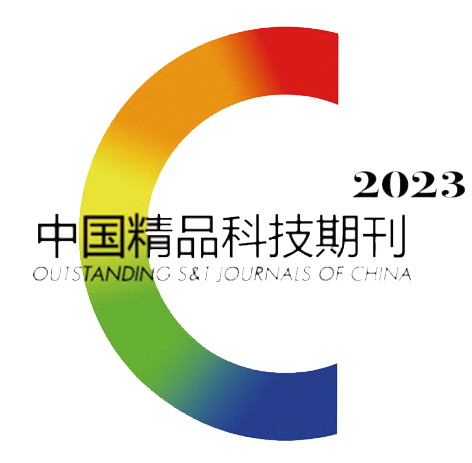Abstract:
Objects: To investigate the protective effect of total glucosides of peony (TGP) on rats with hyperuricemia and liver damage. Methods: Fifty male Sprague-Dawley rats were randomLy divided into 5 groups: The normal group, the model group, the TGP low dose group (100 mg/kg), the TGP high dose group (300 mg/kg) and the allopurinol group (27.0 mg/kg), with 10 rats in each group. The hyperuricemia rat model was established by gavage of adenine 6.66 mg/mL+oteracil potassium 100 mg/mL suspension (1.5 mL/100 g) in the model group, TGP low dose group, TGP high dose group and allopurinol group respectively, once respectively of 7:00 and 20:00, continues for 3 weeks. TGP and allopurinol were intragastrically administered at 12:00 every day, and continues for 5 weeks. After 5 weeks, the rats were sacrificed. The liver organ index was measured, the content of serum total cholesterol (TC), triglyceride (TG), malondialdehyde (MDA), superoxide dismutase (SOD), uric acid and xanthine oxidase (XOD) were measured, and the activity of aspartate aminotransferase (AST), alanine aminotransferase (ALT) in serum were measured. At the same time, pathological changes of the liver were observed. Results: Both the high and low doses of TGP significantly increased the liver organ index of hyperuricemia rats (
P<0.01). Low dose TGP decreased the level of MDA (
P<0.05) and significantly decreased the level of uric acid (
P<0.01), significantly increased the levels of SOD (
P<0.01) in serum of hyperuricemia model rats. High dose TGP decreased the levels of ALT (
P<0.05) and XOD (
P<0.05), significantly decreased the level of uric acid (
P<0.01), significantly increased the level of SOD (
P<0.01) in serum of hyperuricemia model rats. Pathological observation showed that high dose TGP alleviated hepatocyte steatosis, perihepatocyte fibrosis and urate crystal deposition in hyperuricemia rats. Conclusion: TGP would have a good hepatic protective effect during hyperuricemia through significantly improveing the oxidative damage and liver pathological damage of hepatocytes in hyperuricemia rats.




 下载:
下载: